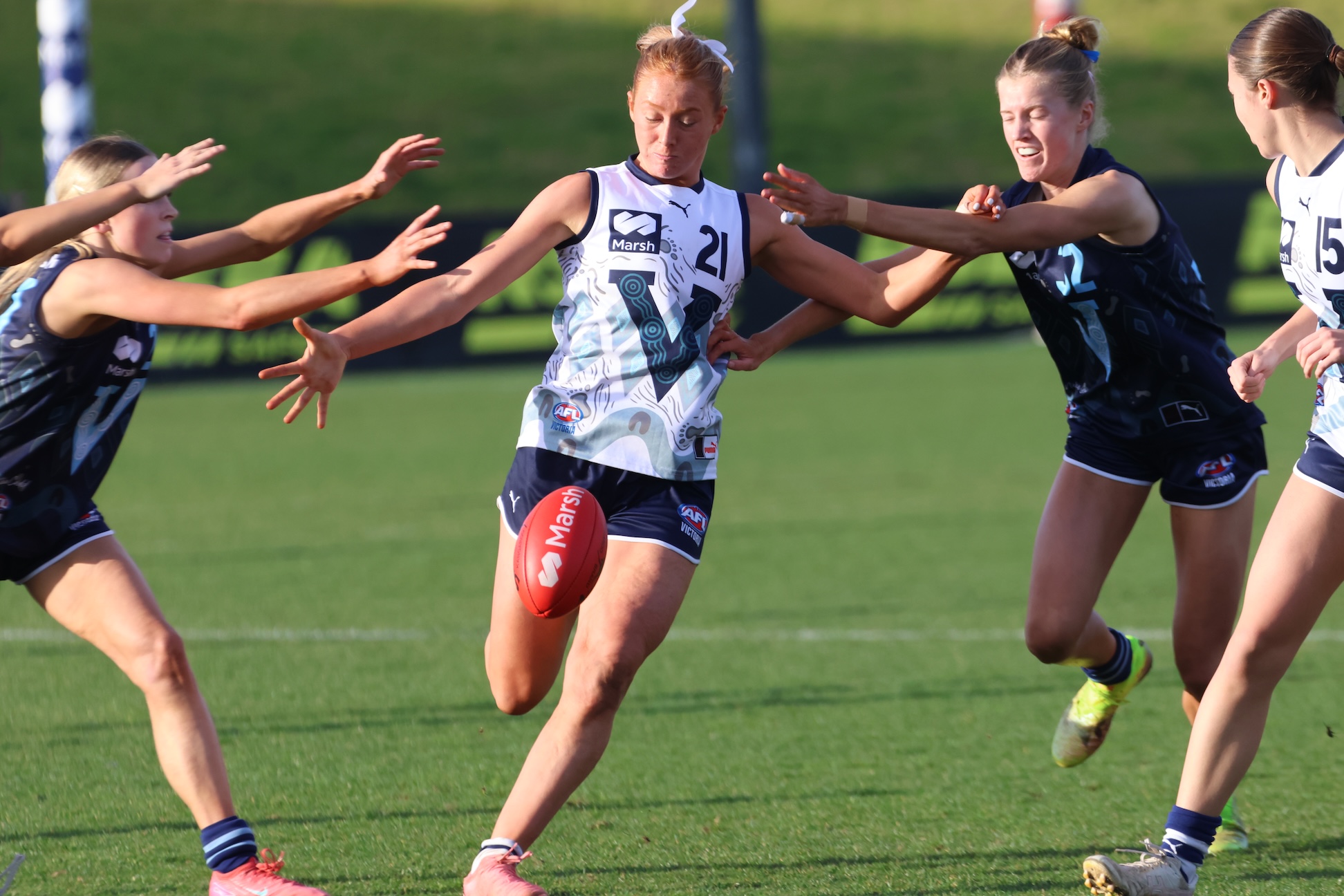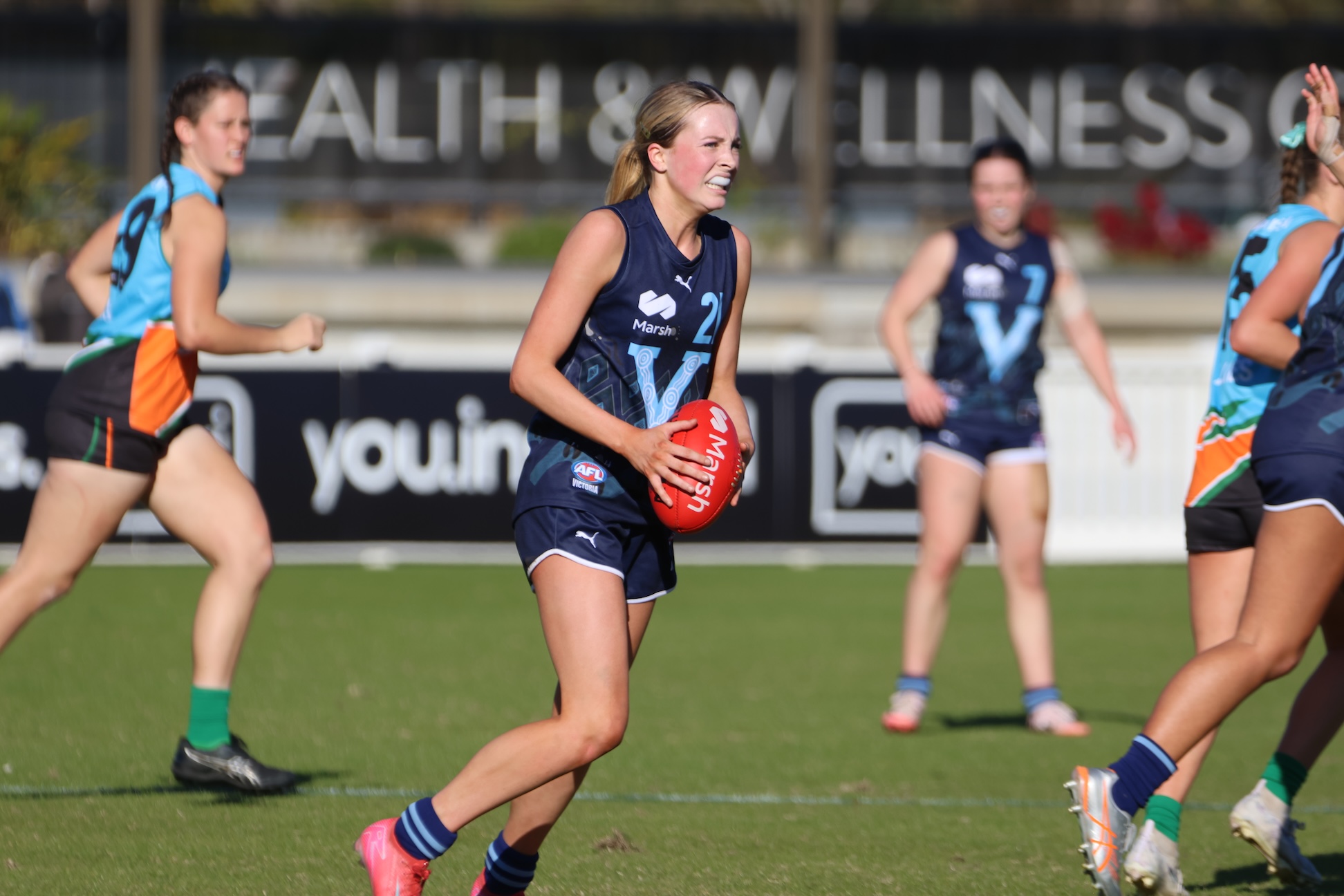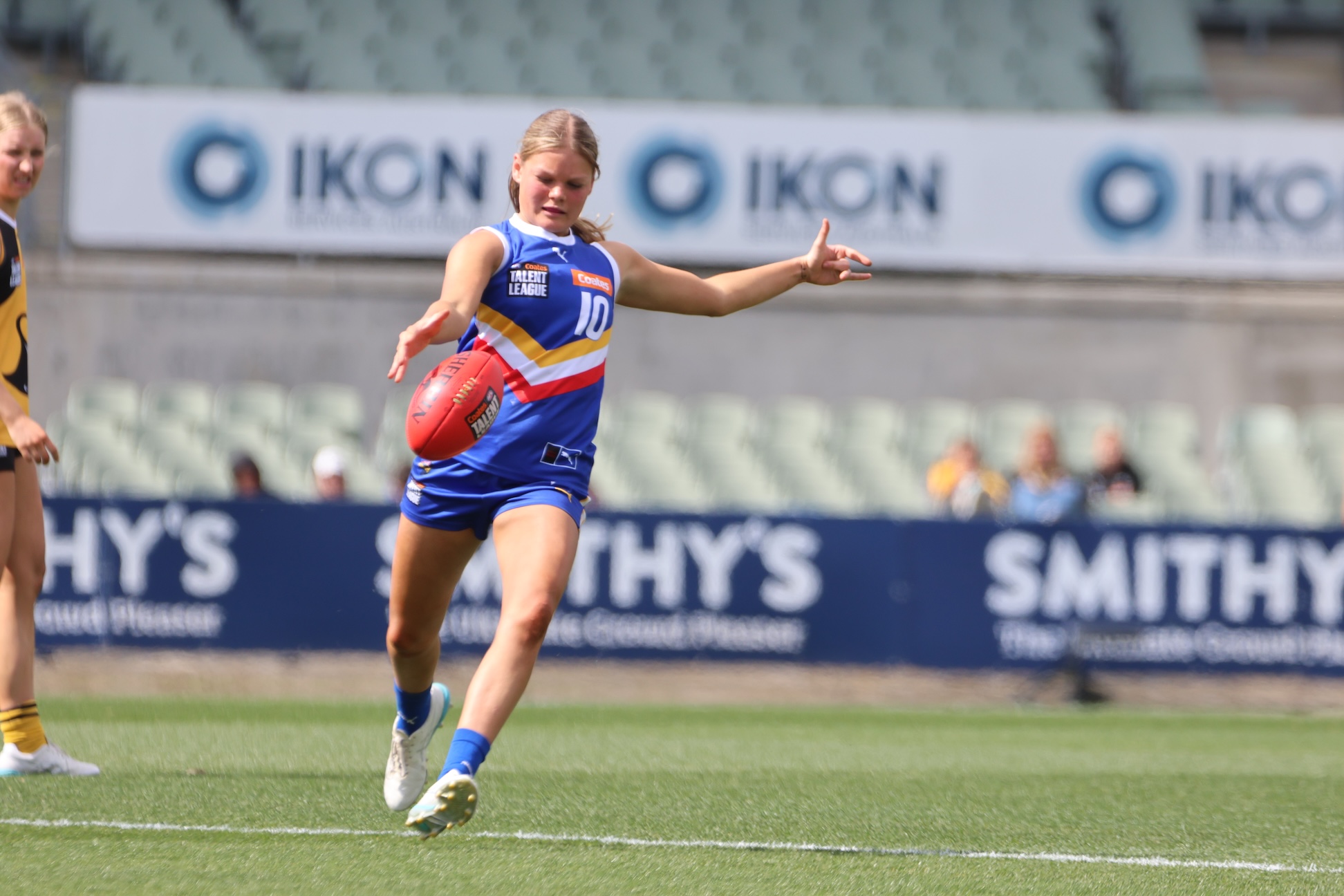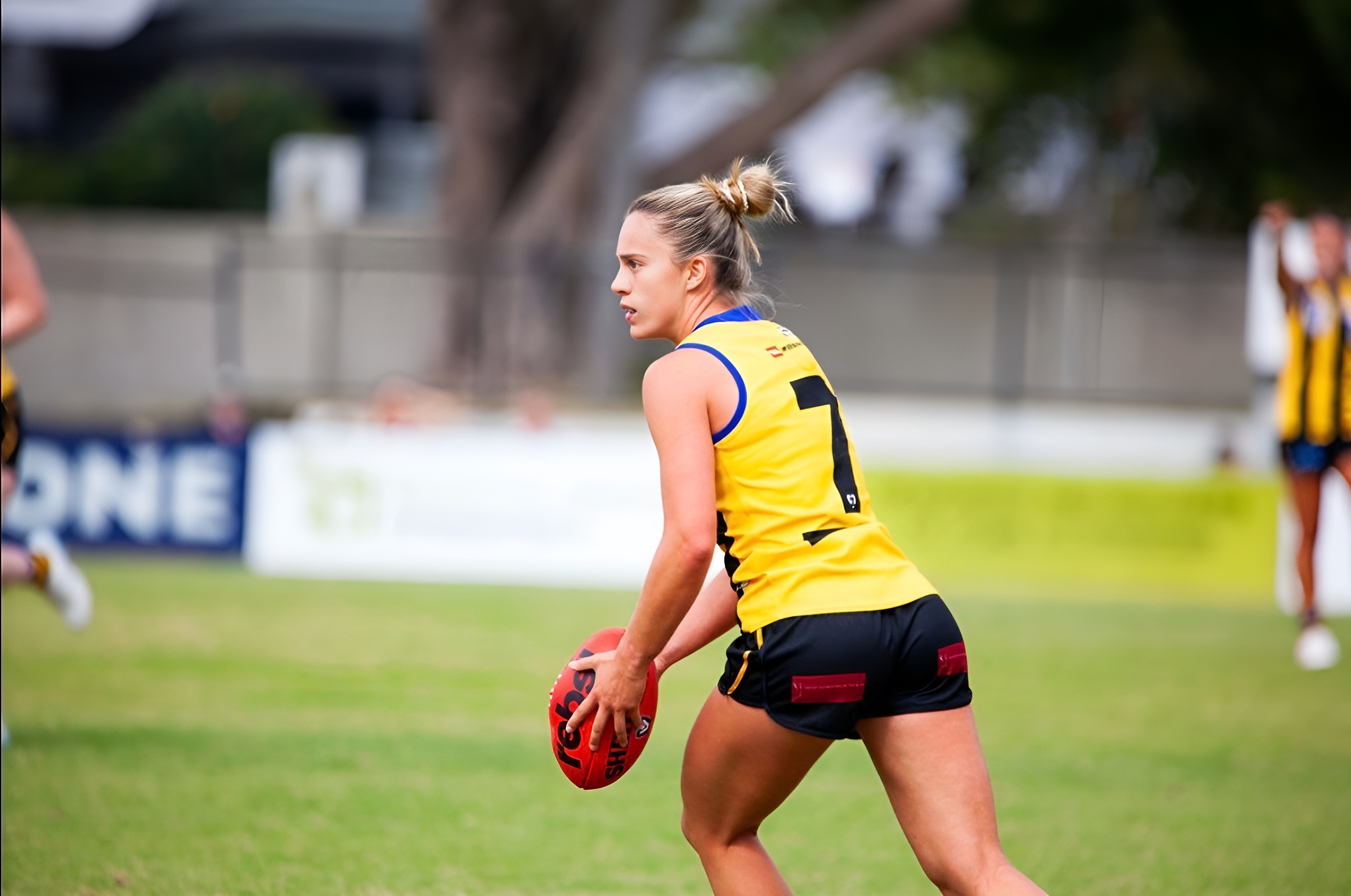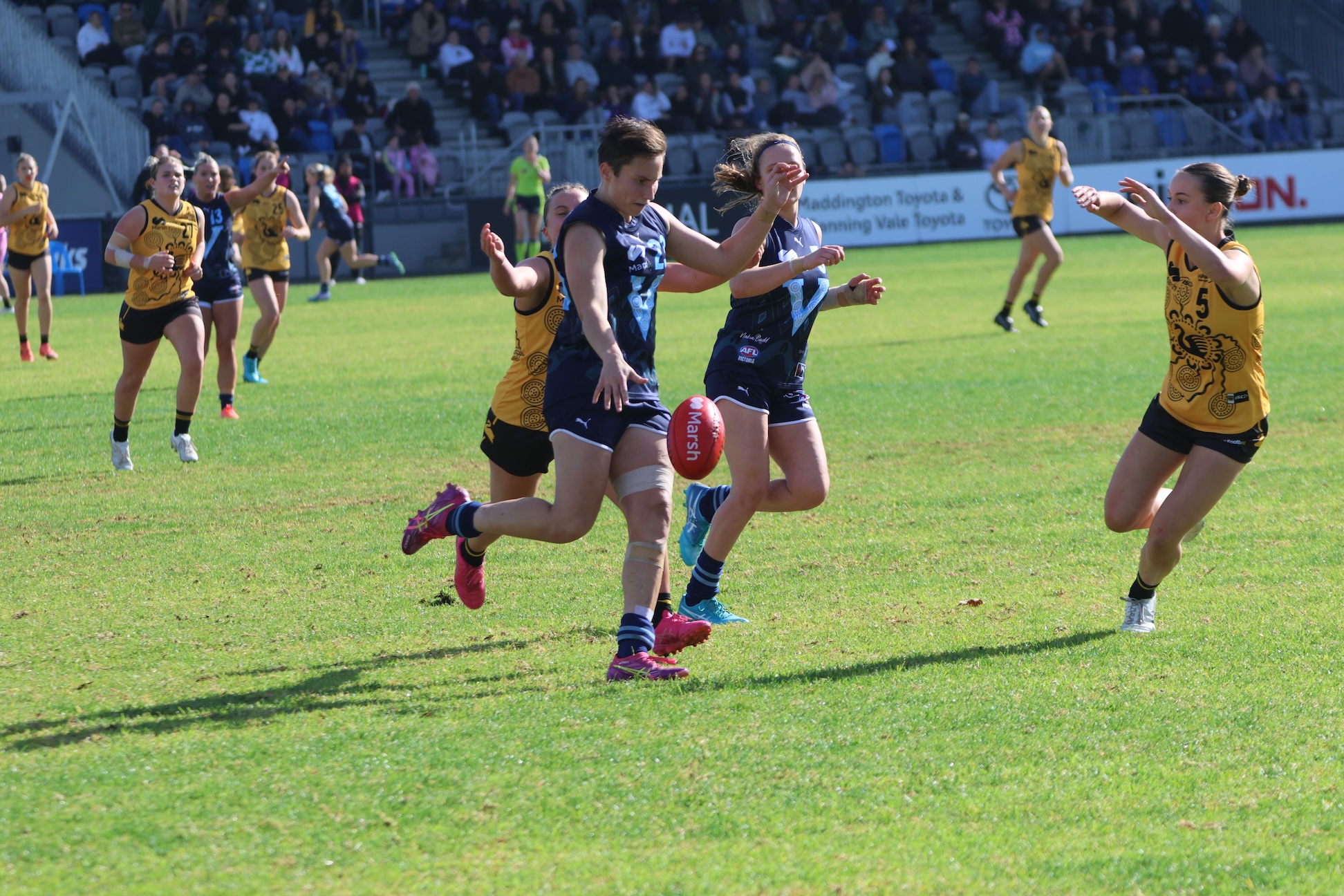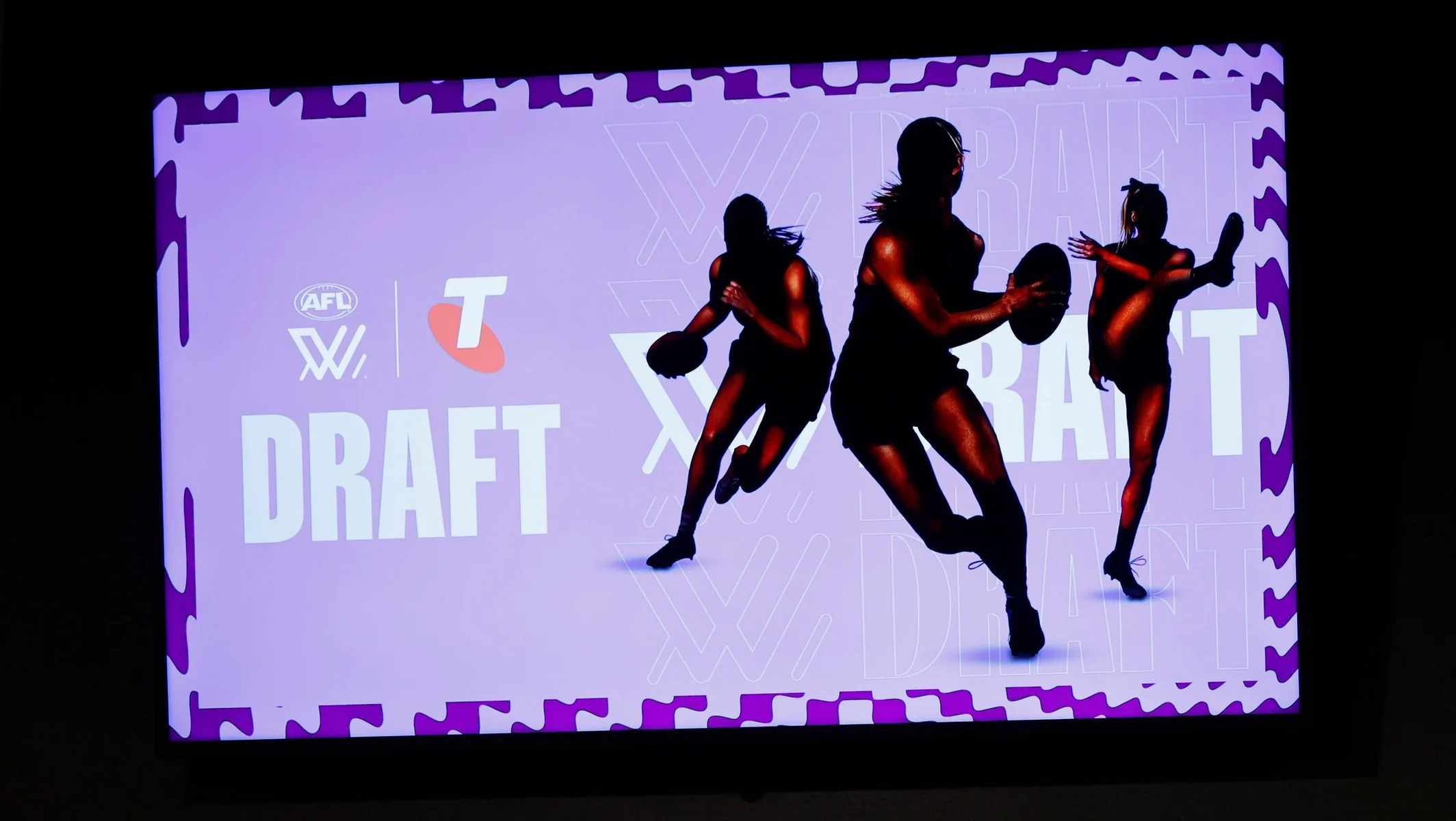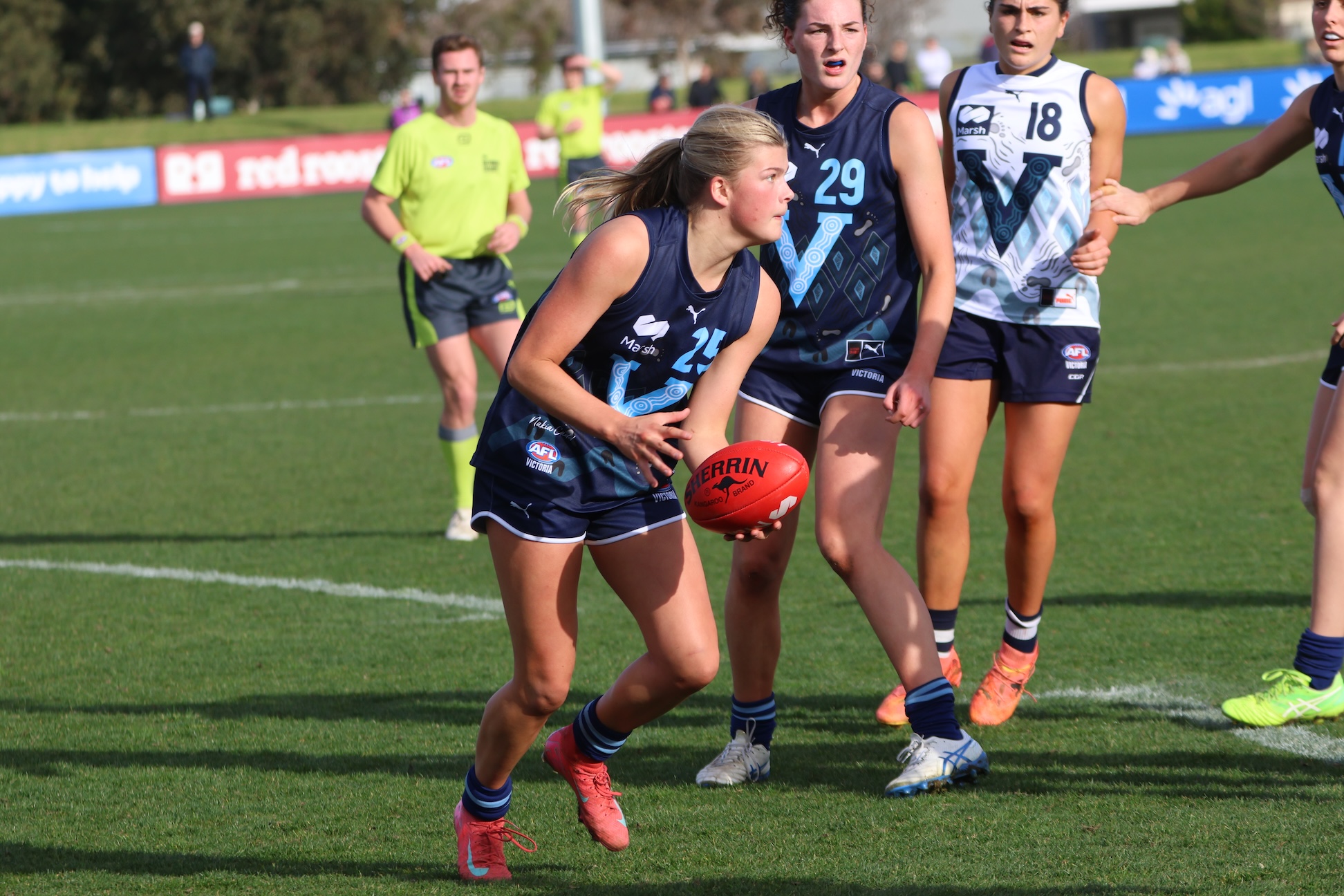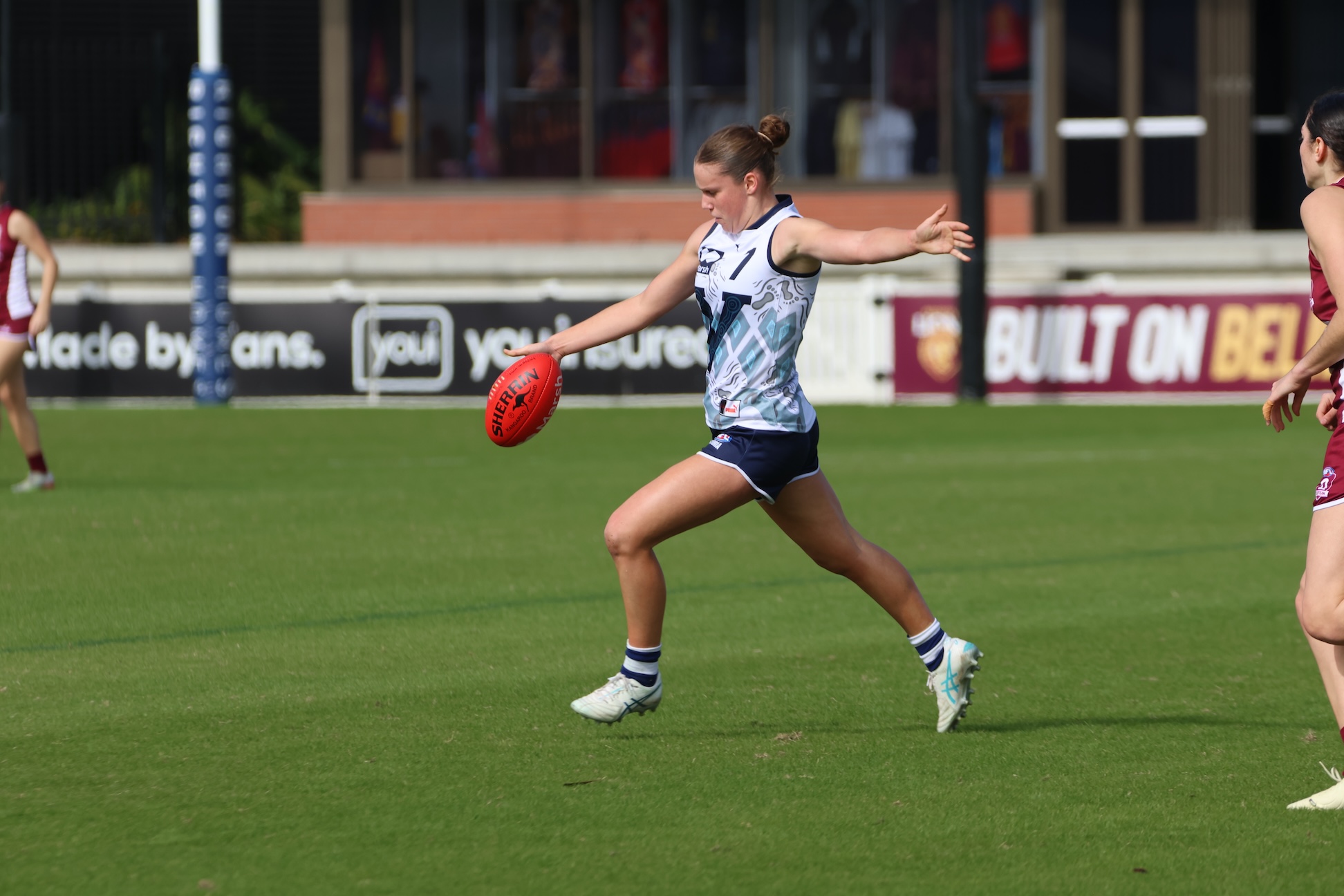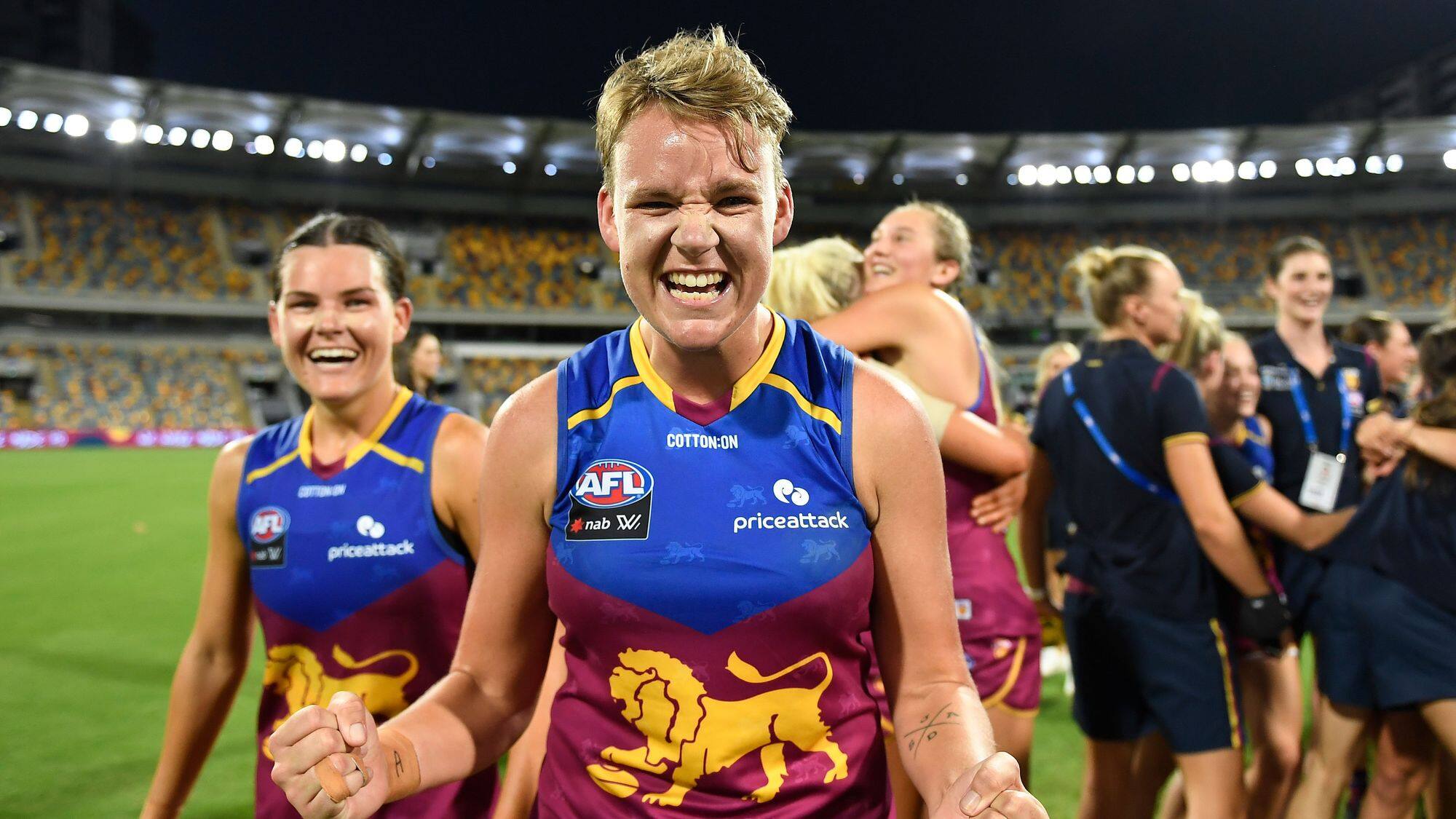James Parsons (Eastern Ranges)
Height: 189 cm
Weight: 75 kg
Position: Midfield/half forward
Strengths: Kicking, damaging up forward, marking, size, versatility, agility
Weaknesses: Pure outside midfielder, doesn’t rack up the football
Player comparison: Martin Gleeson
First year impact: Long-term prospect
Kicking: Above average
Marking: Above average
Speed: Average
Endurance: Above average
James Parsons could be a good fit in most teams’ best 22, but he doesn’t have that star quality.
He’s a pure outside midfielder who likes to run and spread, and he could be a very solid wingman at AFL level. He’s got some good running patterns, and as he has got several excellent inside midfielders to help him at the Ranges, he will often float between half back and half forward.
Parsons likes to use his run and carry through the centre of the ground, and while he isn’t overly quick, he reads the play well and gets into the right spots, and sits a kick ahead of play.
Parsons’ best asset is his kicking. He is a long kick, and he weights it really well. He’s fairly good on both sides of the body. As a high half forward, he brings class in terms of delivery to the key forwards. He is fine when kicking on the run, although he can struggle a bit when there’s defensive pressure applied.
Parsons has gone forward to effect this year. He’s been able to kick two or three goals on several occasions. He’s not a lead up forward type, but he’s able to find space in general play. He reads the drop of the ball well and he can crumb.
At 189 centimetres, he provides a target up forward. He’s a fairly good mark overhead, which doesn’t show up on his stats sheet. He rarely takes more than one contested mark per game, but that’s because he’s often by himself. If he puts on a bit more muscle, he should be able to translate that part of his game to the top flight.
Whilst tall midfielders are in vogue, Parsons doesn’t really fit that category as he has no inside game. He would probably be one of the more sought after midfielders in this draft if he did, due to his class. He reads the tap well in the midfield, so he has some potential around clearance situations. But once the ball hits the deck, he seems out of his depth in terms of physicality and just hunting the ball in general.
Parsons has shown his versatility this year, going between half back, half forward, the wing and through the centre. His best work has come on the forward flank and the wing, although he could be used as a half back at AFL level with his ability to match up on a range of opponents and his measured foot skills.
Parsons needs to work on the defensive side of his game. He is a bit of a one way runner, but he has got a decent tank, so he should be able to get back on his opponent when the ball is going the other way. Parsons doesn’t have the core strength to be an aggressive tackler, but with his length, he should be doing more one percenters, by corralling, spoiling and smothering.
Parsons lacks the ability to win his own football, and thus usually hovers within the 15-20 disposal mark. With his kicking, that’s not such an issue, as he hits the scoreboard, links well in chains and he often racks up five or six score involvements per game.
The question mark over Parsons is whether those 15-20 touches will decrease at AFL level. He has got excellent inside ball winners distributing it to him, but he rarely eclipses the 10 handball receives mark. He’s probably got to move from being a ‘wide receiver’ to player who is 5-10 metres off the action. This is crucial, as his lack of extreme speed will mean he won’t have as much time and space at AFL level. This is perhaps the biggest reason why I have rated him as a long-term prospect, as he will take quite some time to adjust to the pace at AFL level.
What Parsons excels in is his agility around traffic. He doesn’t have the strength to fend off would-be tacklers, but he’s able to slip away from his opponents and he makes it hard from them to take him down.
His agility is important when he is up forward, as it is what he relies on to create a bit of space between himself and his opponent. He only needs a few steps to gather his composure and finish well, which is arguably his most important skill.


